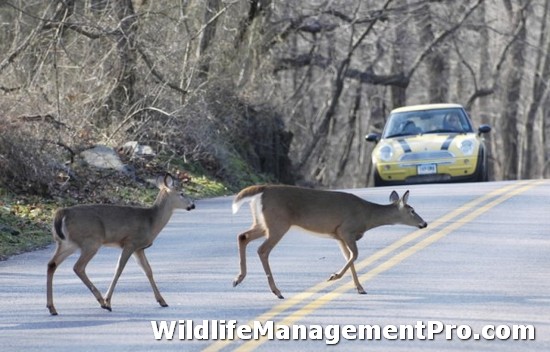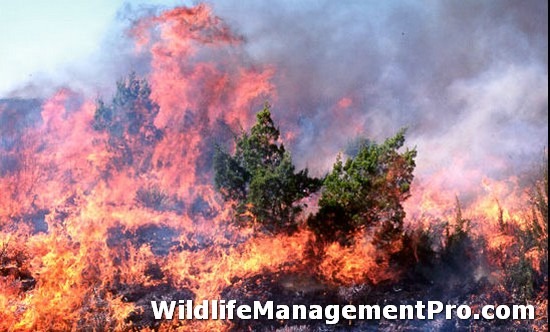Texas is well known for it’s large size, diverse habitats and its abundance of wildlife. However, Texas is just like every other state when it comes to battling on-going wildlife and habitat issues. Without continual research and wildlife and habitat management, many plant and animal species could be lost. I was just sitting here thinking of a few issues that state and federal biologist should think about when looking for habitat enhancement projects and research ideas.
Deer overpopulation in suburban areas in Texas and across the U.S. is not the most important problem, but it can be quite controversial. The problem is that many home owners do not like high deer numbers because of ornamental plant damage, but residential areas do not want hunting either. It’s a weird deal. To complicate matters, deer overpopulation is not healthy for the deer population or the habitat. I can only assume that solutions would be ways to decrease numbers through regulated hunted, trapping, and fencing, but like I said earlier, this topic is controversial.
Being an avid hunter, I know that lead shot ingestion by game and non-game animals is still a problem. After all, lead shot is still legal for hunting many animals. However, it is not legal for waterfowl hunting, such as for duck hunting and goose hunting. However, waterfowl, other game animals and non-game animals still ingest lead shot when feeding and looking for grit. Study after study has found that lead causes big problems and the eventual death of just about every living thing.
Lead, even when consumed in small amounts, can also accumulate within animals and up the food chain. I think the easiest solution would be to make only non-toxic shot shells legal for hunting. Period. Many hunters argue that steel shot does not perform as well as lead shot. I tend to disagree, especially since I have duck hunter for years and have had outstanding success with lead shot ranging from #7 shot all the way to #2 shot. Besides, there are way more non-toxic alternatives that perform as well as lead. Lead is a killer, so we need to choose to stop putting it out across the landscape, especially over duck and goose habitat. Let’s do away with it where we can to protect our fish and wildlife.
Another big problem impacting Texas is decreased groundwater supplies and the lack of aquifer recharge. Water will be the most limited natural resource in the future. It is important for wild animals, habitat, agriculture and the growing human population. A big problem is the lack of groundwater recharge. Much of the water now runs off of improved surfaces (roads, cities, etc), is trapped in reservoirs, or is tied up in brush species (think cedar, mesquite) that now exist because of human-induced habitat changes. The biggest addition of brush is simply because humans prevent wildfires, which control many of the brush species.
Fighting brush is an on-going war, but you have to win some battles if you expect to win the war. Although landowners perform brush management on their own properties, I feel like our state departments are coming up short. I suspect solutions to decrease noxious brush would be habitat management aimed at decreasing unwanted woody plants that tie up water. This could be done through either cutting or prescribed fire. Then, we should promote native grasses, which slow water flow and allow more water infiltration. The wise use of water by humans for farming and at home would help.
Lastly, I believe the lack of freshwater inflow from rivers into the Gulf of Mexico, resulting in changes and/or loss of coastal habitat and higher salinity levels in water, is a huge habitat problem for coastal communities. Many problems stem from issues mentioned in the above paragraph, but also because we trap so much water on the landscape with reservoirs. These are necessary evils that help us deliver water to cities, but we are still so wasteful. Do we really need green yards so that we can use more gas to mow them more often?
I don’t think so either. Water is such a commodity and it will become increasingly important into the future. The human population of Texas will double in the next 30 years. Although solutions to help the bays would ultimately be to increase river and stream flow to help both river species and gulf life, I don’t think many people are willing to do that right now.

